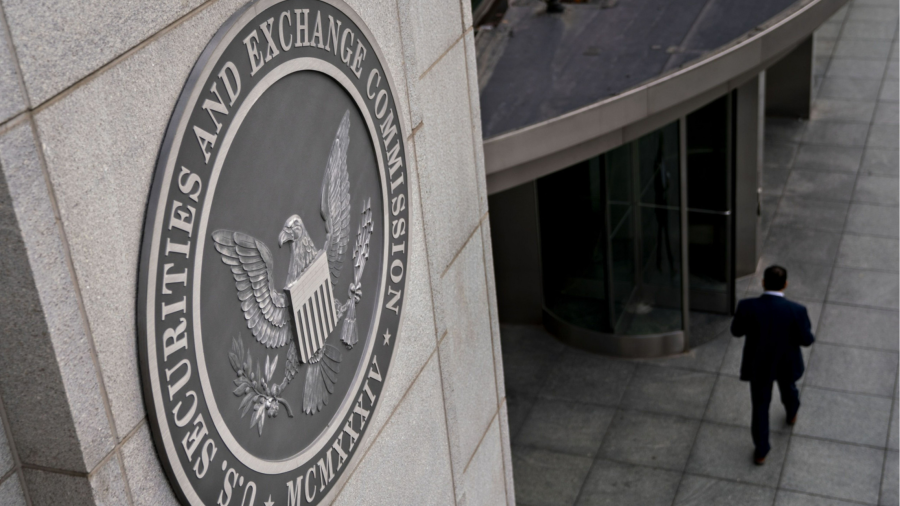[ad_1]
Wall Street’s top regulator has advanced new rules to push more Treasury bond deals by high-speed traders and hedge funds through clearing houses, in one of its most assertive attempts to shore up the $24tn market.
Clearing houses stand between trading counterparties and require insurance, or margin payments, to prevent a default from cascading through the market. Requiring their broader use is an attempt to add safeguards to cash and repo markets, which trade billions of dollars a day to set the price of US government debt but have been tested repeatedly over the past decade.
The Securities and Exchange Commission voted unanimously on Wednesday to release the proposal for 60 days of public comment.
Authorities in Washington have become concerned by the fragility of the US government bond market, notably by a “flash rally” in 2014, the repo market crisis in 2019 and the early pandemic meltdown in March 2020, which required intervention by the Federal Reserve. In recent weeks, traders’ ability to get deals done in the Treasury market has deteriorated to its lowest level since 2020 and traders worry the Fed’s exit from crisis-era policies will place further strains on the market.
Reports from the Bank for International Settlements, the Financial Stability Board and the Office of Financial Research in recent years have blamed high-frequency traders for pulling back from the Treasury market during moments of stress and pointed to hedge funds for creating volatility when leveraged positions backfire. Last year, the Treasury cash market traded about $3tn a week and the repo market, where traders borrow cash short term in exchange for collateral such as Treasuries, roughly $4tn a day.
SEC chair Gary Gensler has made reform of the Treasury market one of the key themes of his tenure by proposing to increase the oversight of lightly regulated market participants such as hedge funds and proprietary traders.
At present, only 13 per cent of Treasury transactions are centrally cleared, according to research from the Treasury Market Practice Group. That is a sharp decline from 25 years ago, when the investment banks and intermediaries that dominated daily trading in the market would send most of their deals through clearing houses.
But investment banks have pulled back from the market and their activity replaced by proprietary trading firms and hedge funds, whose deals do not go through clearing.
The SEC’s proposed rules would require all trades made on automated and anonymous interdealer broker platforms to go through clearing houses, which would capture much of the trading done by high-speed traders. The rules also explicitly state cash and repo trading done by hedge funds will need to be centrally cleared.
Bryan Corbett, president of Managed Funds Association, a trade group for hedge funds, raised doubts about the proposal, saying an approach of “arbitrarily singling out hedge funds for mandatory central clearing” could raise costs for investors.
The SEC also wants to change the rules around banks holding and netting the margin that is put up to backstop the trade, to encourage banks and high-speed traders to stay in the market. Netting cuts credit and settlement risks by subtracting offsetting payments against one another.
Gensler said in a statement the new rules “would help to make a vital part of our capital markets more efficient, competitive, and resilient” and would support the Treasury market “especially during stress times that may come in the future”.
It comes after the SEC earlier this year proposed another rule that would force market participants trading more than $25bn a month in Treasuries to register as dealers, a legal status that allows an institution to trade on its own behalf. That rule is expected to cover more hedge funds and high-frequency traders.
Wednesday’s proposal is the latest in a flurry of guidelines proposed by the SEC, which have spanned environmental, social and governance investment claims, special purpose acquisition companies and hedge funds’ disclosures.
[ad_2]
Image and article originally from www.ft.com. Read the original article here.

